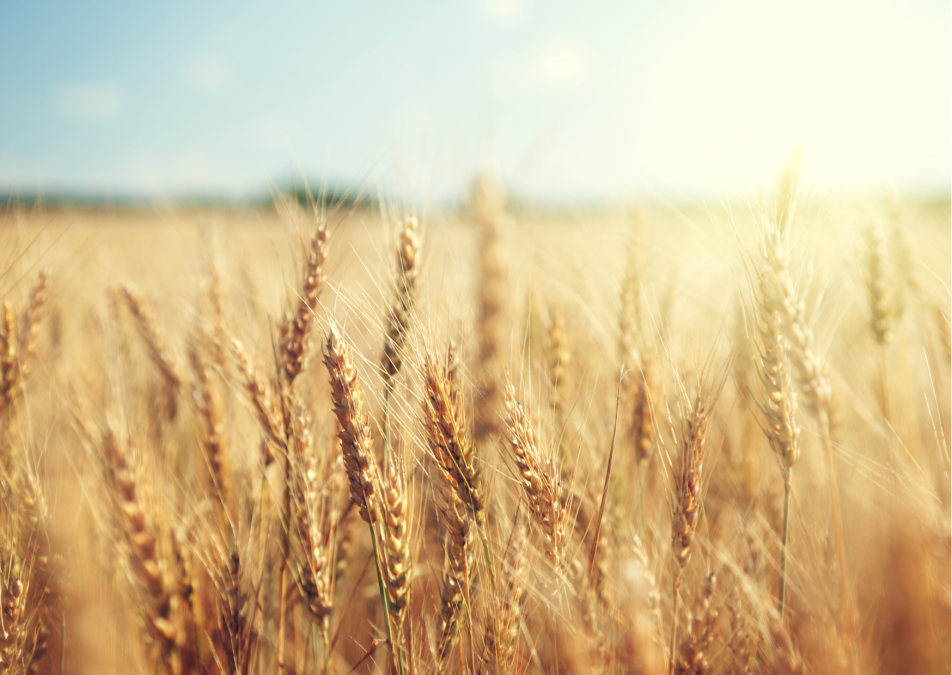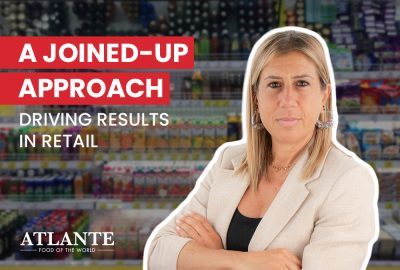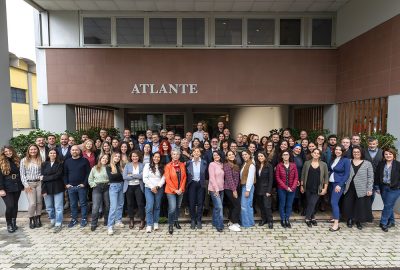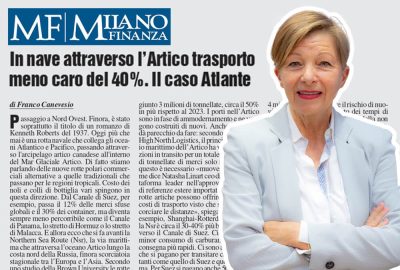Atlante
News
A storm brewing in a pasta bowl

1 October 2021
Following a disastrous Canadian harvest, the rush on durum wheat prices on international and national markets continues. We interviewed Natasha Linhart CEO of Atlante, one of Italy’s largest global exporters of pasta about the perfect storm that’s on the horizon for producers, buyers and consumers.
Why is durum wheat important in the production of pasta?
We need durum wheat specifically to make pasta and couscous. It’s a hard grain, durum meaning ‘hard’ in Latin, pasta is made with durum wheat because it doesn’t fall apart when you cook it. It’s the main ingredient of pasta.
What is currently happening to global durum wheat supplies?
Durum wheat is one of the smallest grains produced in the world in comparison to corn, which is the biggest. It’s maybe a thousand times smaller. Durum wheat as a grain is not registered in terms of costs on the main stock exchanges. So it’s not on the Chicago Board of Trade or any of the big trading platforms. It is basically a grain which is paid live based on the quotation of the day. The world produces durum wheat only in the northern hemisphere. The biggest producers in Europe include Italy, the biggest producer, France, Spain, Portugal and some from Kazakhstan. The rest is produced in North America, mostly Canada. There has been a tremendous drought in North America this year and we have been watching developments over the last few weeks.
We’ve been monitoring developments to see how the droughts will affect the crop. The harvest is happening now and suddenly last week the Canadian Agricultural Board decided not to publish their latest forecast. Usually, these forecasted figures give buyers peace of mind. Typically, the usual production figures are between 5 and 6 million tons in Canada, but latest figures suggest the yield will be 3.8 million tonnes. This means there will be 40% less durum wheat produced this season. This is cause for concern because we’re already living in a three-year low. You may remember during the pandemic, the world ate pasta. Atlante were supplying the UK and the amounts of pasta people were buying to stock up and fill their cupboards was just incredible. Now we’ve reached pre-crop season and there’s not enough stock. We were all hoping to have more crop to replenish supplies but with the drought figures just released, suddenly within a week, the price of this grain has almost doubled and has sent shockwaves throughout the whole supply chain.
What is the live situation regarding durum wheat?
We’re in a situation now where the Canadian farmers have defaulted on their contracts because they don’t have sufficient product. As a consequence of that, the Millers in Europe, and in Italy, the biggest producer of pasta in the world, both for its own consumption and export industry, have defaulted too. There just isn’t enough durum wheat to be found and prices have skyrocketed. This is definitely going to have an impact on high street prices, maybe not immediately, but we suspect that it cannot resist for more than a month or two. This is one of the typical situations in agricultural products where we are intrinsically linked to our environment. If there is a drought or a tsunami which wipes out a whole crop, there is a significant impact on the global food supply chain.
This is one perfect storm because we have the combination of packaging prices increasing alongside a rise in the cost of transporting goods. The large sea freight Panamax vessels which transit from North America via the Panama canal are charging 10 times or even 20 times the received prices for shipping slots because there’s just not enough product to make the transits viable. This really is the perfect storm and we need to stay very reactive and make quick decisions before we’re left without product.
How are the pasta producers responding?
The pasta producers are reacting by trying to understand how much product they actually have in stock. They usually have a week or two weeks of actual grain in stock which is used to make the pasta as part of a continually flowing process. They are fighting to get product delivered at the best possible price which has a knock on affect of forcing the buyers to adopt the new price changes immediately.
Why is it so important to understand the key commodity markets?
We have to monitor commodities very carefully going forward. We can’t just wait for our prices to be fixed by somebody else. We’ve really got to understand it. The only way we can do this is by sourcing, creating and growing the expertise within our company. We need to know which sources to rely on in order to really understand what the key commodities are in our business. For Atlante, the key commodities are across a whole bulk of products, but grain, fats, dairy and sugar are key. We have to really understand these commodities and all of the dynamics around them. Only then can we really mitigate against emerging issues and trends.
Natasha Linhart is CEO of Atlante, an Italian based global food sourcing specialist company who work with retailers and wholesalers to develop tailor-made products from brief to basket.





